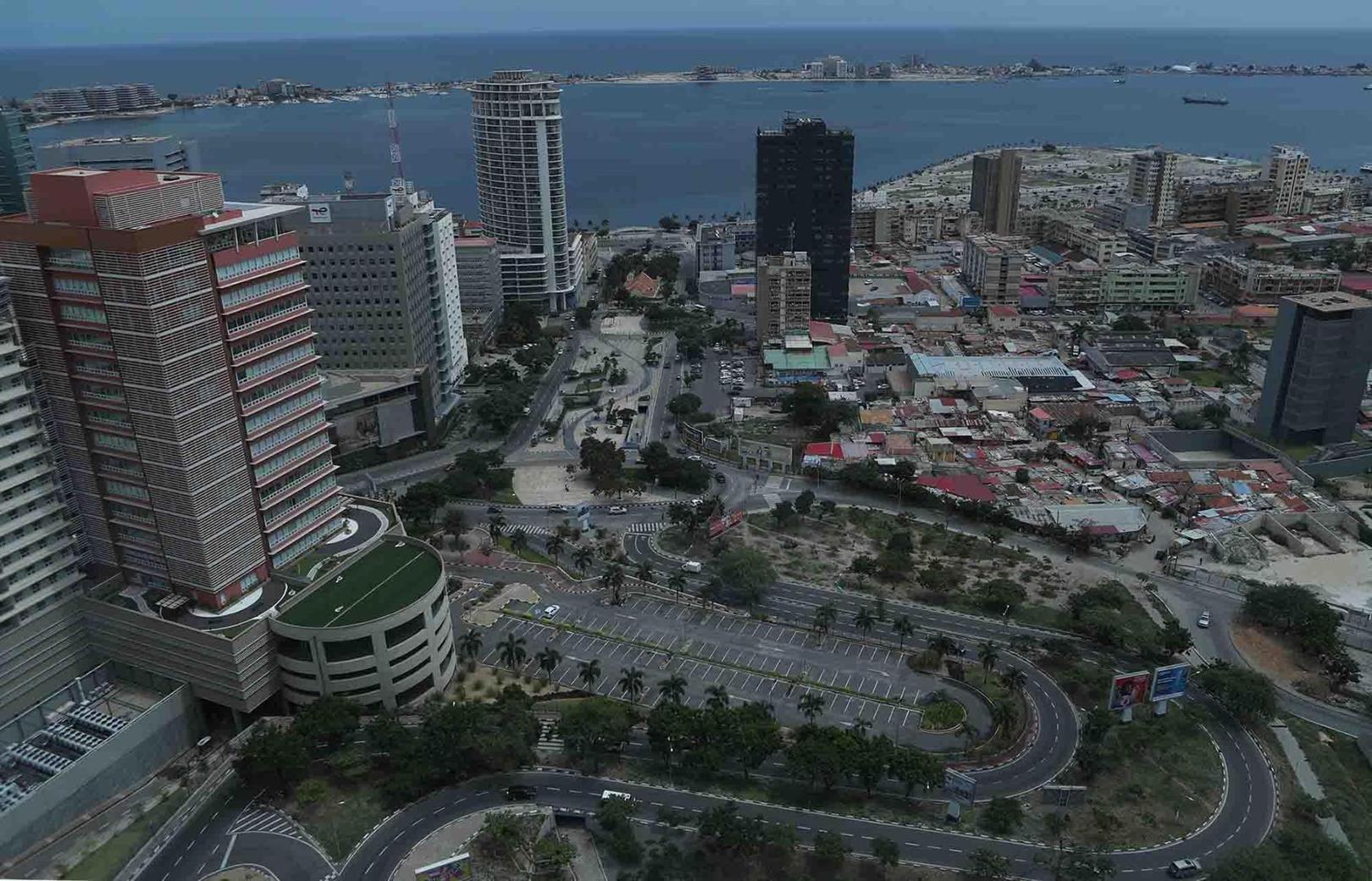Africa-Press – Angola. Angola’s Gross Domestic Product (GDP) has recovered in recent years, but domestic savings and investment levels have fallen sharply, reaching their lowest levels in a decade in 2024, according to Angolan statistics.
According to the National Accounts 2015–2024, released last week by the National Statistics Institute (INE) of Angola, gross savings fell to 15.77% of GDP in 2024, the lowest value in the last decade, after a peak of 30.68% in 2018, while the investment rate fell to 10.39%, less than half the value recorded in 2015.
The Angolan economy has shown signs of recovery after years of recession, with GDP at current prices growing from around 15.8 trillion kwanzas (15.2 billion euros) in 2015 to 101.9 trillion kwanzas (98 billion euros) in 2024, an average annual growth of 23%.
However, this growth does not take into account the level of accumulated inflation during this period.
Between 2015 and 2024, GDP fluctuated significantly. After a sharp drop of 4.04% in 2020, a recovery of 2.10% was observed in 2021, with an upward trend, reaching 4.42% in 2024, the highest value in the period analyzed.
The downward trend in gross savings, which represented more than 30% of GDP in 2018, was followed by savings as a percentage of disposable income, which fell to 16.91% in 2024, almost half the value recorded six years earlier.
The INE report also shows that the weight of wages in the economy decreased substantially, from 26.48% of GDP in 2015 to 19.46% in 2024, while business profits and income of self-employed workers (Gross Operating Surplus and Mixed Income) increased from 71.30% to 77.82%.
Investment also suffered a structural decline, falling from 28.66% of GDP in 2015 to 10.39% in 2024.
On the other hand, with regard to the need/capacity for financing, the indicator showed a need for financing between 2015 and 2017, but, from 2018 onwards, there was a net financing capacity, reaching 5.40% in 2024.
For More News And Analysis About Angola Follow Africa-Press






